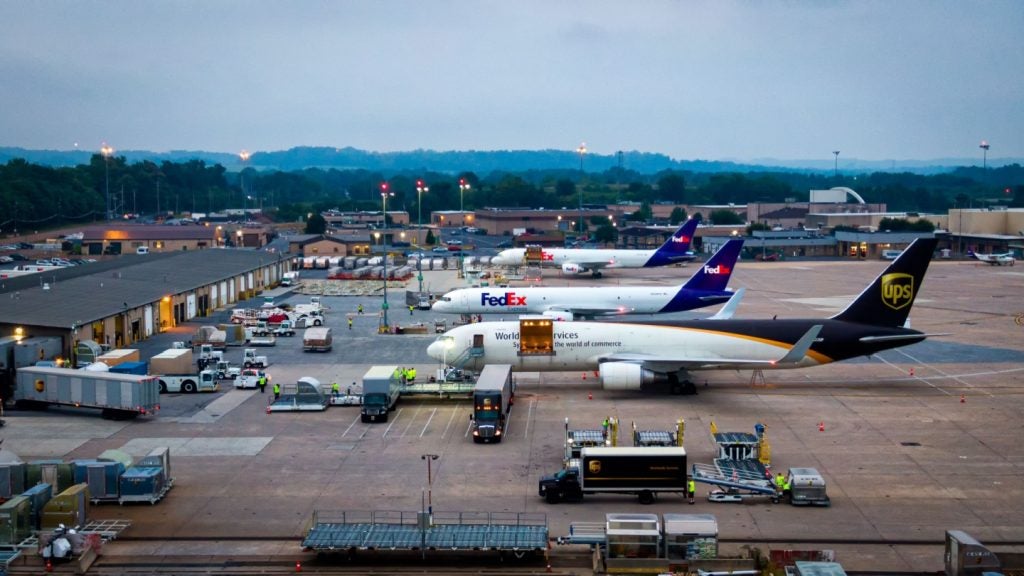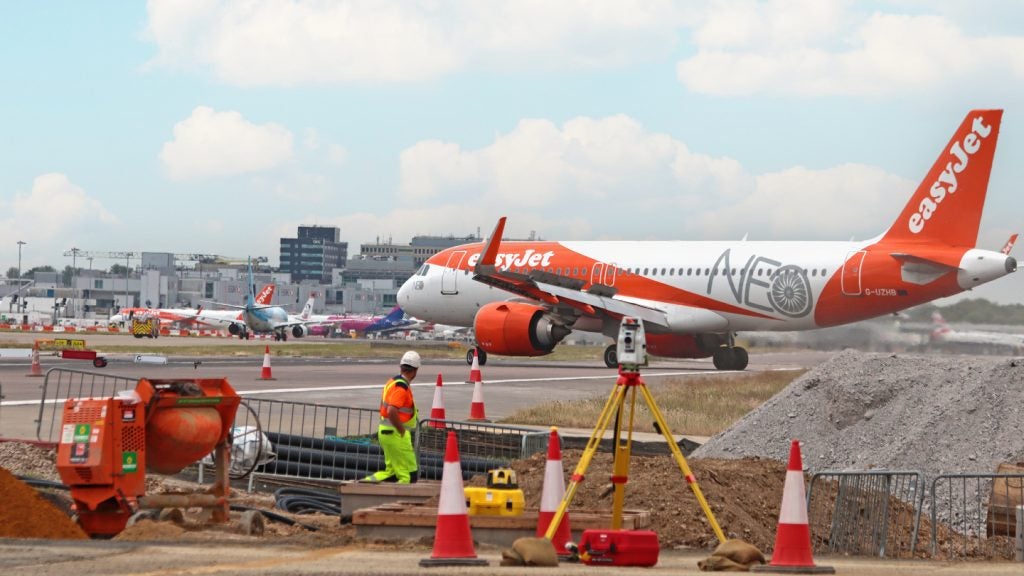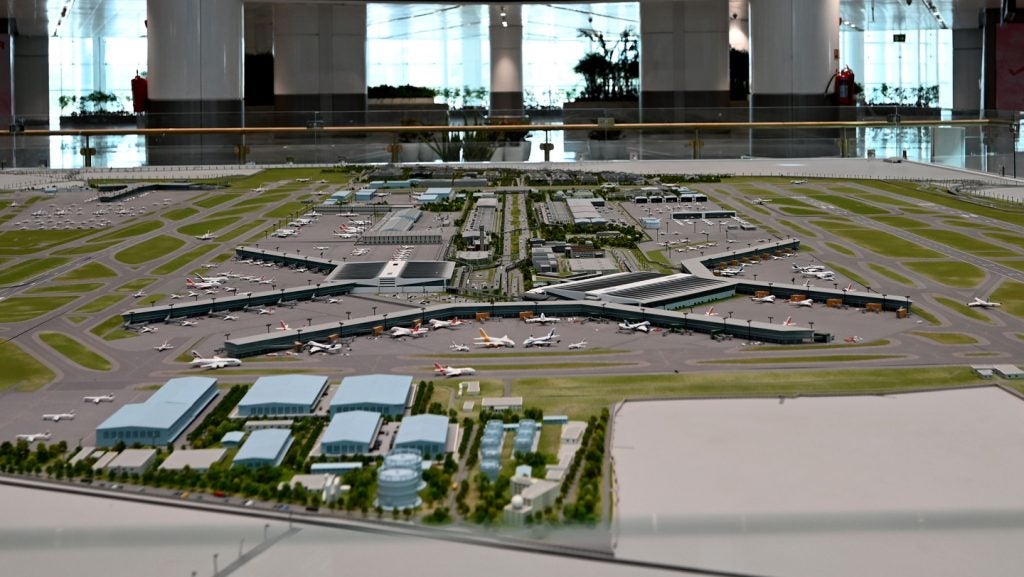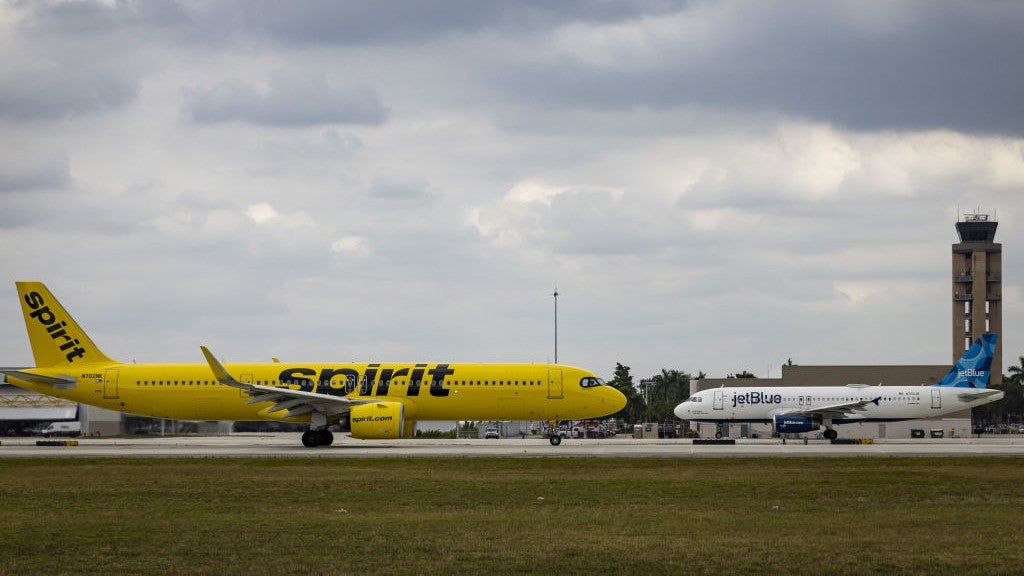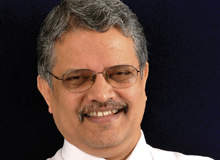
The massive expansion of Indira Gandhi International Airport, which includes the construction of its new Terminal 3, is almost complete. Operator DIAL, and its consortium partnership of GMR Group (54% share), Fraport (10%) and the Airports Authority of India (10%), is developing the airport so it has a capacity to handle over 27 million passengers a year. DIAL’s CEO PS Nair, provides an insight into this exciting prospect.
Lucy Schwerdtfeger: Is the Terminal 3 project on schedule?
PS Nair: We’re due to complete in March 2010. In early July we’ll be commissioning the airport in time for the Commonwealth Games in the first week of October. We’re also commissioning the Delhi Metro, which will be connected to the airport. Before we finish Terminal 3, we will have completed a third domestic terminal capable of handling light aircraft all the way up to the Airbus A380. It is Cat III B-compliant, and because we have lots of dense fog it is particularly useful for landing aircraft because it has visibility from 250m. The second runway, a type II main runway, is Cat III-compliant. We have created additional interim facilities for the domestic departures terminal, which has been voted the best domestic terminal in India because of its retail facilities. We will complete the third terminal on 31 March and then we will conduct extensive tests.
Will the tests use live passengers?
We will hire proxy passengers. We have had a team from Munich Airport working full time at our new airport in Hyderabad looking at transfer passengers. That team is now in Delhi working towards passenger handling and seamless airport transfers.
See Also:
Why Munich?
How well do you really know your competitors?
Access the most comprehensive Company Profiles on the market, powered by GlobalData. Save hours of research. Gain competitive edge.

Thank you!
Your download email will arrive shortly
Not ready to buy yet? Download a free sample
We are confident about the unique quality of our Company Profiles. However, we want you to make the most beneficial decision for your business, so we offer a free sample that you can download by submitting the below form
By GlobalDataMunich Airport is the best for operational prowess and airport transfer, and has had great results. The team has consulted for many airports, including Abu Dhabi and Heathrow. It has made great improvements at our airport in Hyderabad, and has expertise of Indian projects.
How has the infrastructure and business model of Delhi’s airport changed over the last few years?
Last year the global airline community was affected by the unprecedented economic meltdown, and we were no exception. In India, we were affected by to the tune of $10 billion. Indian domestic carriers and low-fare airlines also suffered heavy losses, from which they’re recovering now. There are several prospects in the airport sector, on the commercial and traffic side, which airport operators can make the most of. The business model we have means we are constantly designing projects and planning for the future. In India, we are very optimistic: we predict we will have a 1.3 times increase in GDP, which we are sure will grow to double digits in the next five to ten years. This is part of our long-term business model, and we look at it as an opportunity rather than a challenge. It’s also a chance for us to move forward.
What other airports have been an inspiration to you, and GMR as an airport holding group?
When GMR entered the airport group one of its first tasks was to look at the modern function of airports, such as Munich, Heathrow, Kuala Lumpur, Hong Kong, Incheon and Beijing. We have based our key functions on a number of airports, but we haven’t just copied their processes: we do our own due diligence and work out our own processes while learning from the best airports and developments.
Your ability to stay under budget and ahead of schedule is phenomenal, how do you do it?
We have built the terminal to a high standard and magnitude. It should have taken five years – the same time it took Dubai and Changi to do theirs – but we only needed three years. Istanbul’s new terminal building was also a challenge for the consortium, and it took us just 17 months to complete.
It seems that you’re very happy to set yourself what seems like impossible targets, and then complete them within time and under budget. How much of that is because of the benefits you get from operating within India?
We have great dedication and involvement, and the commitment is the same for the company and the workforce. The key working relationship comes from our social responsibility and respect for individuals, and delivering on our promises. We’re trying to show the world that just because we’re based in India, doesn’t mean we can’t do a good job.
Isn’t the opposite true? Because you’re in India that’s what makes your targets achievable. Where does your work ethic come from?
It’s the culture of hard work and commitment, which GMR teaches throughout all of its areas. There is a constant demonstration of commitment that comes from senior management and filtered down through the workforce. We motivate people and that’s what makes anything possible.
What particular motivations are there for your staff?
Our pay package is by far the best for the industry. Career progression is important. We invest heavily in our talent, for example, providing training and conducting performance evaluations throughout our working environment. Human capital is invaluable and we do our best to excel.
GMR Group is new to the airport business. What sets it apart from other airport companies?
It’s our determination to excel. We have a motivated team ready to embrace any task. Our biggest challenge is that we are under intense competition to win bids. We do our research, making sure we know exactly what we were bidding for. We work out how to operate successfully and profitably, looking at unconventional methods and new avenues. We then put together the best team for these challenges, and, despite the economic environment downturn, we’ve done reasonably well. The challenges set by the Indian Government have been very high, some of the toughest in the industry. The biggest is that we are required to send 45.99% of our earnings to the Airports Authority of India in advance, which is a huge amount. We also have to provide 95% of passenger flights with boarding bridges. There are also service standards such as ensuring that baggage is on the machine within five minutes of the aircraft’s arrival. We’ve provided all these services within the last three months. For 2010, our airport service quality standards must reach a score of 3.5 out of 5, based on world services. When DIAL first took over, Delhi scored the lowest service ratings in India but today it is in the top 25 of all airports worldwide. We are way ahead of where we need to be. We aimed to be in the top 100, so we’re already ahead without the operation on Terminal 3. With our target passenger throughput of 10-15 million passengers, we will be in the top ten. Hopefully, once the terminal is open we will be in the top five. The transition we have made is unrivalled.
Have you experienced difficulties concerning the substantial regulations set by the regulation authority?
All I can say is that they gave us very stringent regulations.
What do your marketing strategies involve?
We have to look at the Indian market first, where there is huge potential. There are several airports, such as Hyderabad and Delhi, that we want to develop as regional and international gateways, and dedicated marketing teams are working on this. Our aim is to bring in an airline so they can make it their own hub. We have good incentives for them, for example, in Hyderabad we have a servicing facility, and we will also leverage the hub, reducing their time and costs. We have also built an aircraft servicing park.
You can only become as big as your capacity allows you to, but you are building capacity before demand dictates, which isn’t standard practice. What metrics do you use to calculate your estimates?
We need to build for tomorrow not today. One of the problems of any infrastructure project in this country is that once they are commissioned they reach saturation point very quickly. The capacity needs to be beyond the current needs. For example, the capacity of Terminal 3 will generate 27 million people. We have also commissioned a domestic terminal, which will add another 10 million to give us a total of 37 million, which is a reasonable assumption. You also need to look at eventualities, such as Hyderabad Airport’s demand increasing by 32% year on year. We’re not creating spare capacity here: it’s a necessity.
Looking at Terminal 3, what’s the most exciting piece of technology that’s being implemented?
I’m looking at innovations such as automated baggage and queue systems, to ensure it will be a state-of-the-art terminal. It will rival all other airports in the world. Terminal 3 is a project of national importance and we have very good stakeholder support.



